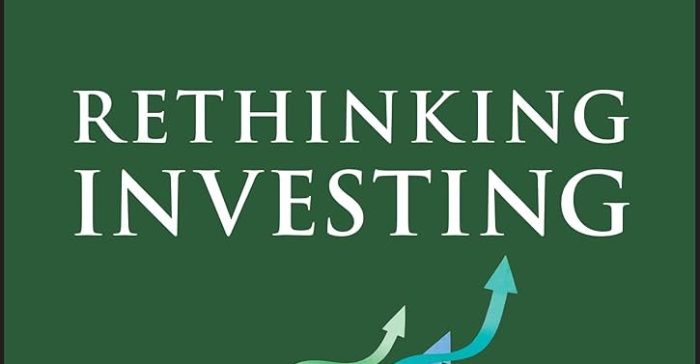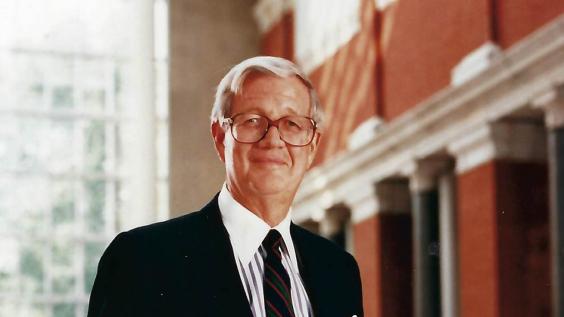By Leah S. Dunaief

Publisher
Given all the chaos, both globally and domestically, in today’s world, it is surprising that the stock market is back to just about where it was before the decline started with the pandemic. So what does that tell us about investing, and especially about investing in stocks?
According to Charles D. Ellis, a Wall Street guru, who has written a new book called, “Rethinking Investing: A Very Short Guide to Very Long-Term Investing,” it’s not what is happening in the world at any given moment that matters, according to him. The magic element for financial success is time. When most people think of long-term, they may think five years, maybe ten years. Ellis is talking 60 years.
So who has a 60-year horizon?
There are two ways to answer that question. If you are in your 20s when you start investing, and if you believe in the incredible returns you get from money compounding as you reinvest the dividends over the decades, you can realize significant wealth by your 80s.
In other words, let’s say you buy a stock or an index fund at $100 that pays a five percent dividend when you are 25. A year later, you have $105, if you let the principal compound, meaning, you automatically reinvest the dividend into more stock. You now have more dividends from more stocks to reinvest after the second year, and so it goes. The dividends keep increasing as the number of stocks increase and perhaps also appreciate—most of the time. If the stocks should drop in price for a while, the dividends get to buy more stocks at the cheaper price.When you are in your 80s, you will be a happy camper if your stocks remain untouched for 60 years.
This is good advice for those in their 20s, or thereabouts, today.
If you are older, the other way to think about a 60-year time horizon is if you consider that you are investing for your grandchildren, who have a long-term future. Of course, they would have to leave the stocks untouched to allow them to compound, so you need to explain this essentially passive strategy to them. They would hope to make enough money from their day jobs to pay their bills so they can let their inherited investment compound undisturbed.
Low-cost stock index funds that are diversified are a recommendation from Ellis. They reduce the risk of picking the wrong individual stocks, and they do as well as the overall market. And the overall market, over the long-term, is a winner. From January 1926 through March, 2025, the annualized return for the S&P 500 (a combination of selected stocks) was 10.43 percent, according to analysts. That includes the several severe market declines, over those years, that are overcome with long-term investing. While that’s almost 100 years, if we look over the past 60 years, the number is almost the same: 10.46 through June 20.
That means, an investment would have doubled in less than 7 years, on average and that repeated doubling continues. Further eye-popping statistics: The cumulative return for the S&P 500 for those 60 years was…wait for it… 38,881.17 percent. Yes, really! So, if you had invested $1000 60 years ago, it would be $390,000 today. Woulda! Coulda! Shoulda!
That said, losses over a one year period happen 30 percent of the time for all stock portfolios. And according to analysts, for an investor to have withstood all the losses since 1926, they would have had to hold the S&P 500 for 13 years.
For all of the above statistics and information, I am grateful to The New York Times’s writer, Jeff Sommer, who likes the way Ellis thinks, as reported in his column, Strategies. This appears in Sunday Business each week. Thank you, Jeff. I like the way you think.
















